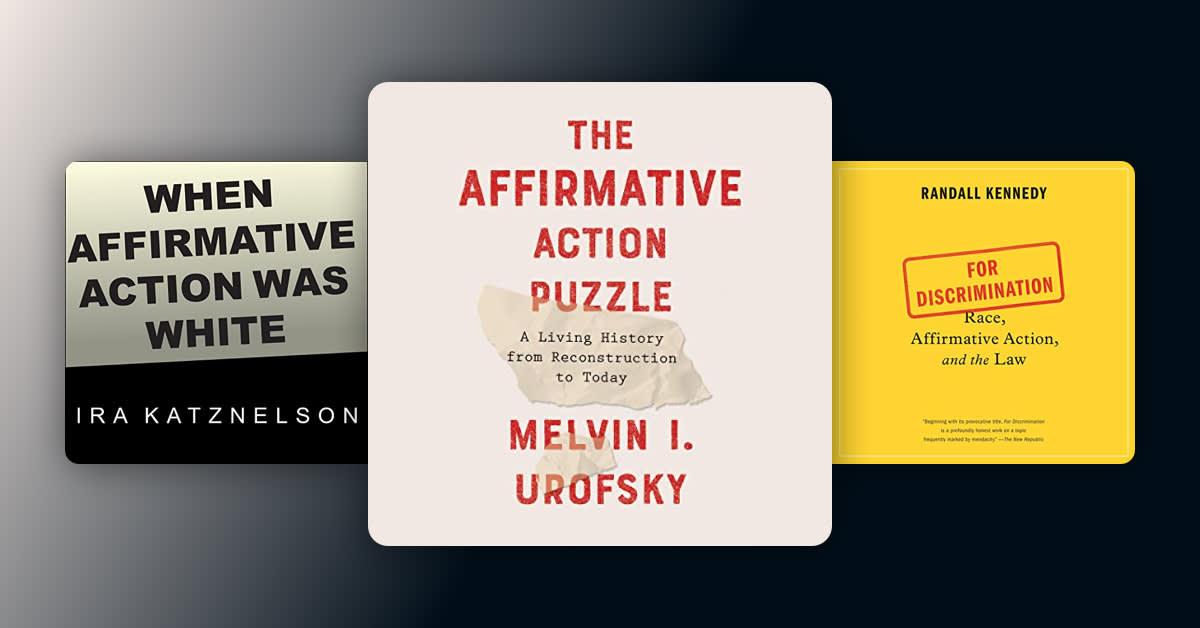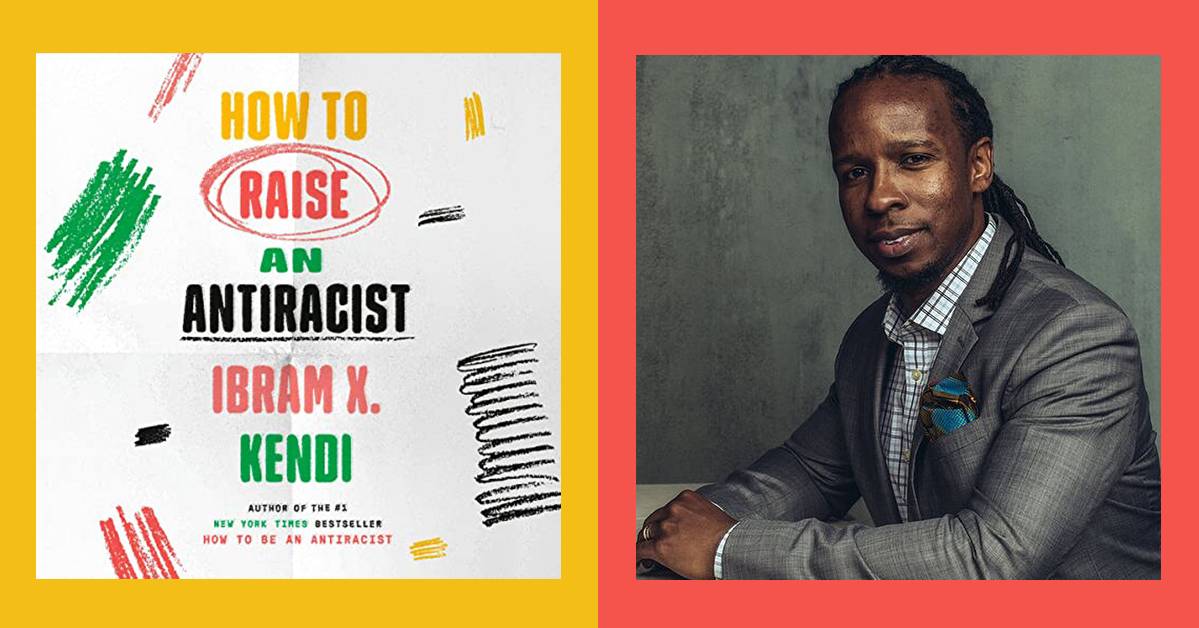To many, in light of recent rulings, it wasn’t a big surprise that the right-leaning Supreme Court ruled against affirmative action in colleges. Recruiting programs targeted to students who are underrepresented in the halls of higher education could disappear. To that I say, "Ouch."
I know something about affirmative action—it’s how I got into college, studied advertising, and learned copywriting. A recruiter from the Fashion Institute of Technology came to my high school's career day specifically to recruit students of color. He told me about the many curriculums FIT offered, including Advertising & Communications. He learned I liked to write and suggested I look into copywriting, which I did. I was accepted and graduated two years later. Where would I be today if I hadn't met that recruiter?
Many of my friends were recruited this way and went to the colleges of their choice. We didn't think any less of ourselves or our capabilities because of affirmative action. We were happy there were opportunities ensuring us solid futures and successes. We made our parents proud as we landed positions in major corporations, law firms, the arts, medicine, science, and government. Even so, we were often stigmatized as "twofers," a term reserved for women of color because we covered two quotas—a minority and a woman. Often, as one of very few, if not the only, minorities on staff, we were considered "tokens" and our hiring was deemed "tokenism" or sometimes “a minority hire.” Our color trumped our capabilities, and it hasn't stopped.
When I started looking for a copywriting position in national advertising agencies it felt like doors were slammed shut. Luckily, I was accepted into a training program put in place to hire more people of color. At times, it was humiliating. For example, just before officially going into the offices to begin the program, we all had to be “certified,” which entailed going to a clinic for a series of tests—two were for syphilis and gonorrhea. I was told not to do "too well" on the reading test and don't show everyone my portfolio of speculative ads I'd created at FIT. But I had a goal to reach and nothing was going to take that away from me. Affirmative action put my foot squarely in the door. I went on to have a successful career in the ad business, including several years working in Italy for the same company where I began my career. Where would I have landed without affirmative action?
From education to housing to justice, these listens explore the significance of affirmative action. Without it—a proven key to opening doors of opportunity—the American Dream could remain out of reach for many.
Ira Katznelson fundamentally recasts our understanding of 20th century American history and demonstrates that all the key programs passed during the New Deal and Fair Deal era of the 1930s and 1940s were created in a deeply discriminatory manner. Through mechanisms designed by Southern Democrats that specifically excluded maids and farm workers, the gap between Blacks and whites actually widened despite postwar prosperity. In the words of noted historian Eric Foner, "Katznelson's incisive book should change the terms of debate about affirmative action, and about the last 70 years of American history.”
Melvin Urofsky explores affirmative action in relation to sex, gender, and education and shows that nearly every public university in the country has at one. In this important, ambitious, far-reaching audiobook, Urofsky writes about the affirmative action cases decided by the Supreme Court—cases that either upheld or struck down particular plans that affected both governmental and private entities. We come to fully understand the societal impact of affirmative action: how and why it has helped, and inflamed, people of all walks of life; how it has evolved; and how, and why, it is still needed.
What precisely is affirmative action, and why is it fiercely championed by some and just as fiercely denounced by others? Does it signify a boon or a stigma? Or is it simply reverse discrimination? What are its benefits and costs to American society? What are the exact indicia determining who should or should not be accorded affirmative action? When should affirmative action end, if it must? Randall Kennedy gives us a concise and deeply personal overview of the policy, refusing to shy away from the myriad complexities of an issue that continues to bedevil America.
Pamela Newkirk shines a bright light on the diversity industry, asking the tough questions about what has been effective—and why progress has been so slow. Newkirk highlights the rare success stories, sharing valuable lessons about how other industries can match those gains. But, as she argues, despite decades of hand-wringing, costly initiatives, and uncomfortable conversations, organizations have, apart from a few exceptions, fallen far short of their goals. Diversity, Inc incisively shows the vast gap between the rhetoric of inclusivity and real achievements. If we are to deliver on the promise of true equality, we need to abandon ineffective measures and commit ourselves to combating enduring racial attitudes.
This listen from one of the world’s leading experts on unconscious racial bias, Dr. Jennifer L. Eberhardt, delivers stories, science, and strategies to address one of the central controversies of our time: racial bias. From neighborhoods to schools to workplaces, Dr. Eberhardt examines how we talk about bias and address racial disparities and inequities, while exposing racial bias at all levels of society and providing listeners with tools to address it.
CNN Senior Supreme Court Analyst Joan Biskupic provides an urgent and inside look at the history-making era in the Supreme Court during the Trump and post-Trump years, from its seismic shift to the right to its controversial decisions. Nine Black Robes displays the inner maneuverings among the Supreme Court justices that led to the reversal of Roe v. Wade and a half-century of women’s abortion rights. Biskupic details how rights are stripped away or, alternatively, as in the case of gun owners, how rights are expanded. Today’s bench—with its conservative majority—is desperately ideological. With unparalleled access to key players, Biskupic shows the tactics of each justice and reveals switched votes and internal pacts that typically never make the light of day, yet will have repercussions for generations to come.
One of the biggest victories in the Civil Rights Act of 1968 was the passage of the Fair Housing Act, enacted to end discriminatory practices against Black homeowners and renters. But historian Richard Rothstein’s The Color of Law proves, with overwhelming evidence, that these practices were deeply engrained in de jure segregation—laws and policy decisions passed by local, state, and federal governments—that promoted discriminatory patterns that continue to this day. Well researched and provocative, The Color of Law offers remarkable insight into the history of housing in the United States and how the infamous practice of redlining was intentionally instituted to segregate Black and white Americans—and how the legacy of these earlier eras contributes to persistent racial unrest.
After a speech at UMass Amherst on February 28, 1984, James Baldwin was asked by a student: "You said that the liberal façade and being a liberal is not enough. Well, what is? What is necessary?" Baldwin responded, "Commitment. That is what is necessary. You mean it or you don't." Taking up that challenge and drawing from Baldwin's fiction, nonfiction, poetry, and interviews, You Mean It or You Don't will spur today's progressives from conviction to action. It is not enough, authors Hollowell and McGhee urge us, to hold progressive views on racial justice, LGBTQIA+ identity, and economic inequality. True and lasting change demands a response to Baldwin's radical challenge for moral commitment.
In our era of mass incarceration, gun violence, and Black Lives Matters, this is a handbook showing how racial justice and restorative justice can transform the African American experience. Addressing the intersectionality of race and the US criminal justice system, social activist Fania E. Davis explores how restorative justice has the capacity to disrupt patterns of mass incarceration through effective, equitable, and transformative approaches. Davis highlights real restorative justice initiatives that function from a racial justice perspective; these programs are utilized in schools, justice systems, and communities, intentionally seeking to ameliorate racial disparities and systemic inequities.
Michael Eric Dyson’s YA debut, with critically acclaimed author Marc Favreau, delivers an urgent, enlightening account of racial inequality in America. The true story of racial inequality—and resistance to it—is the prologue to our present. You can see it in where we live, where we go to school, where we work, in our laws, and in our leadership. As listeners meet some of the many African American people who dared to fight for a more equal future, they will also discover a framework for addressing racial injustice in their own lives. When you purchase this title, the accompanying PDF will be available in your Audible Library along with the audio.
In this July 5, 2023, episode of The Beat with Ari Melber, the US Supreme Court’s decision to end affirmative action in college admissions has rocked the country and pitted liberal and conservative justices against each other. Award-winning actress Alfre Woodard reads every word of Justice Ketanji Brown Jackson’s scathing dissent, where she calls the decision a “tragedy for us all.”















